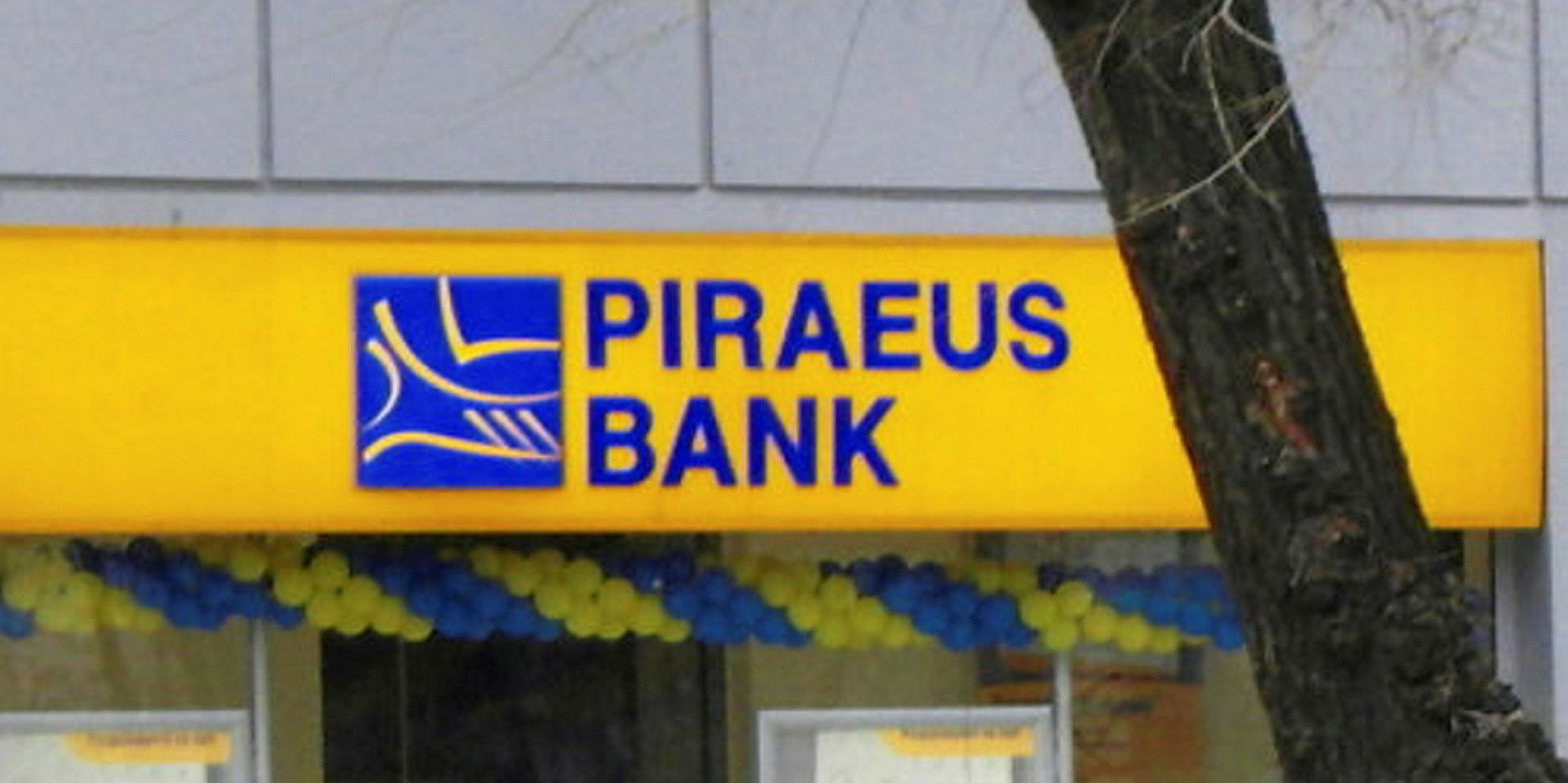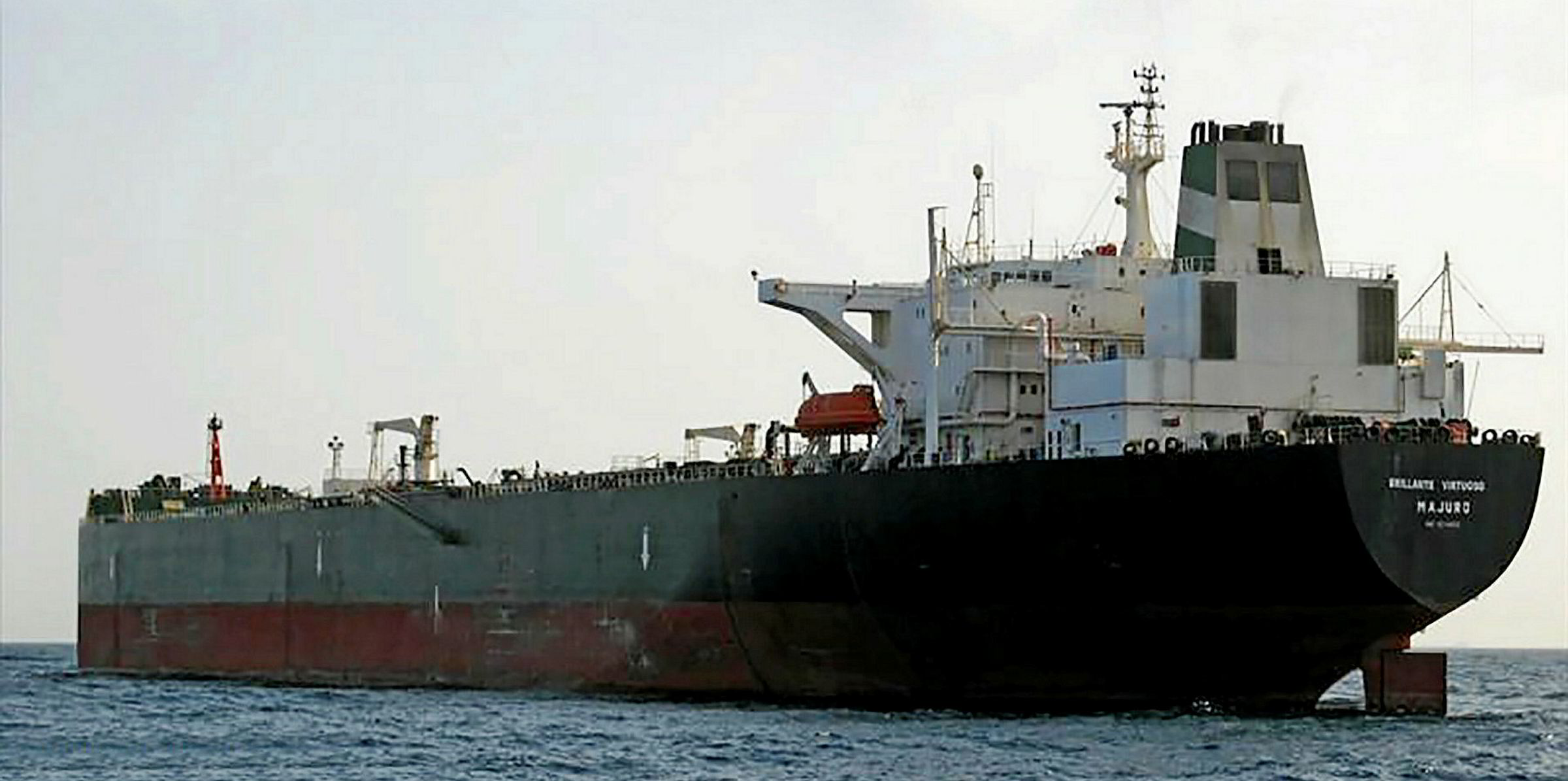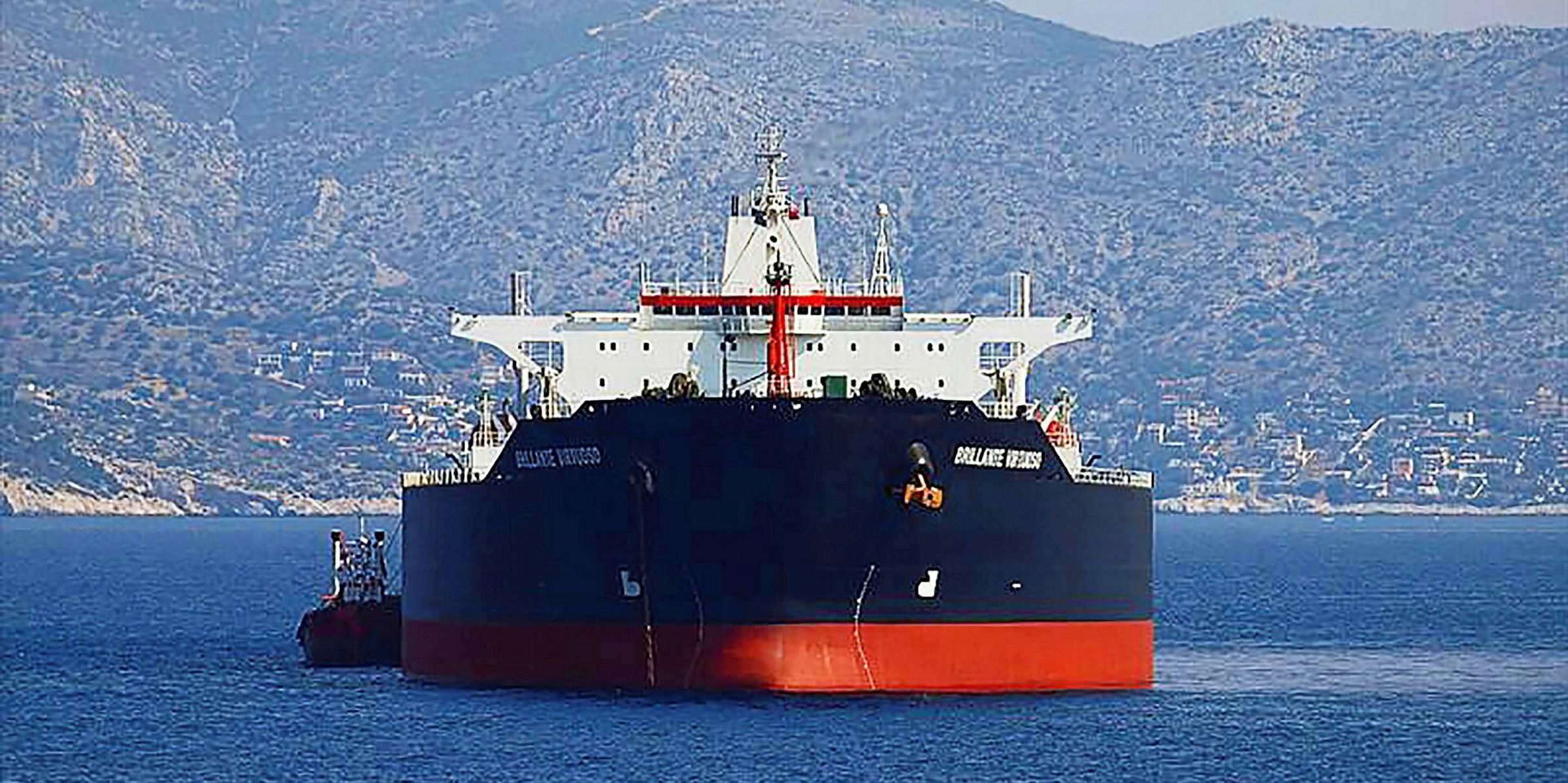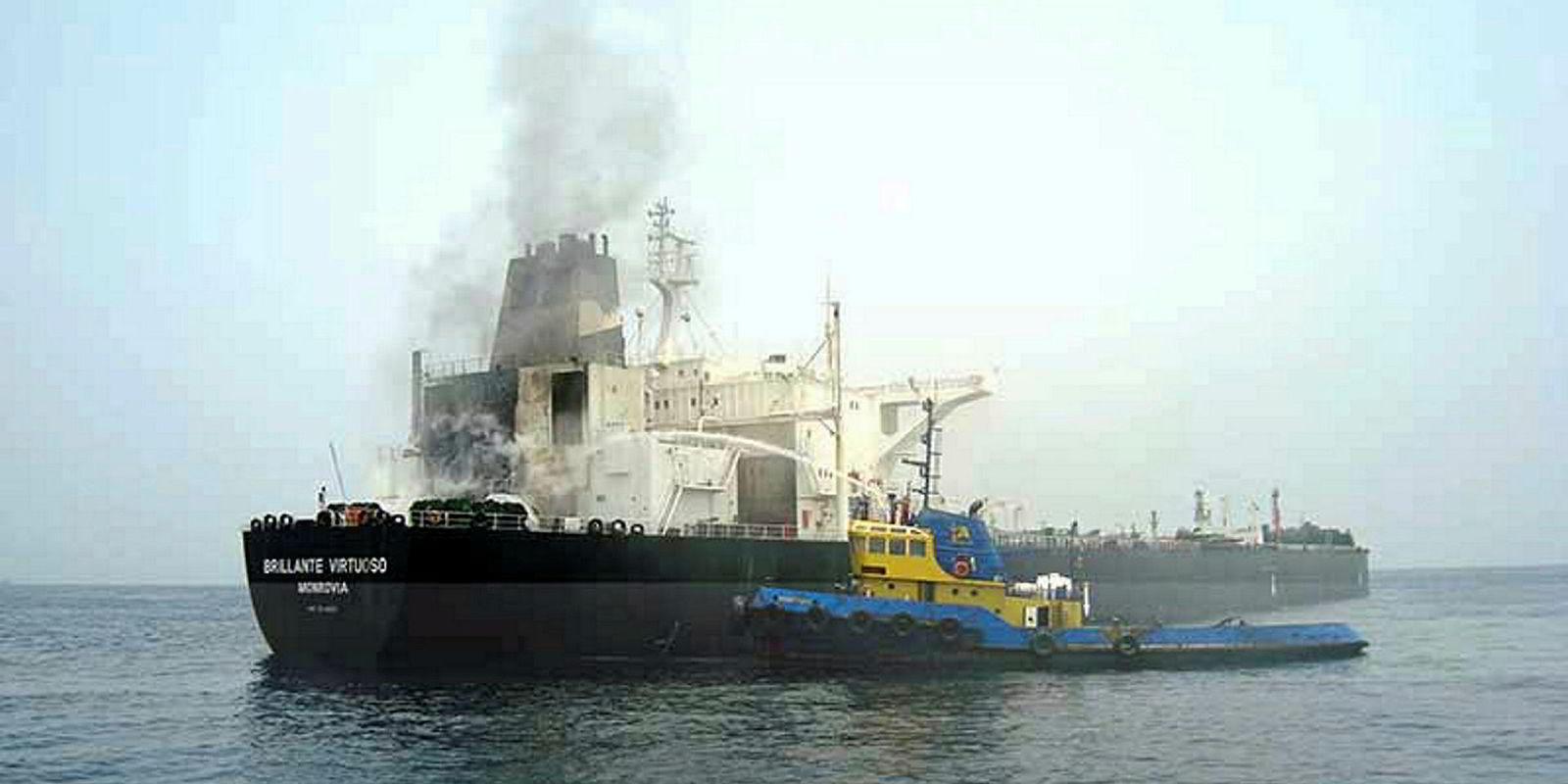The dramatic tale of how the Brillante Virtuoso was boarded by pirates and destroyed by an engine-room explosion and fire in July 2011 is being retold in a UK high court trial that began this week.
On one side of the civil action is Greek shipowner Marios Iliopoulos’ company Suez Fortune Investments and the vessel's financier, Piraeus Bank, who claim the ship suffered a pirate attack in the Gulf of Aden that led to the loss of the 1992-built vessel and that they are owed $77m by insurers.
On the other side is a syndicate of war risk insurers led by defendant Talbot Underwriting. They rejected the claim and alleged the attack was staged in an attempt to secure an insurance payout against a ship valued at the tim at about $17m.
Owner struck out
However, although Suez Fortune Investments and Piraeus Bank are the names on the form, it was revealed on the second day of the hearing that the vessel’s owner had been struck out of the claim for not complying with disclosure requirements in a previous hearing in April 2016.
That led to police questioning Iliopoulos in April 2016 in London in connection with a fraud investigation into the loss of the Brillante Virtuoso and the death, shortly after the attack, of damage-assessment surveyor David Mockett. The shipowner was later released without charge.
Also, Piraeus Bank has already been paid out for its $63m loan on the vessel by the mortgage insurers. In fact, the ongoing high court claim boils down to an attempt by Piraeus Bank’s mortgage insurers to recover funds from the vessel’s war risk insurers. The bank stands to make only a nominal recovery from the ongoing trail.

Yet, the case will still rest on the details of whether the events of the 6 July 2011 incident were an actual pirate attack or a deliberate attempt to defraud insurers by scuttling the tanker.
Barrister Peter MacDonald Eggers, although acting for the claimant, spent most of his time in the first two days of the trial batting off the defendant's allegations.
Vital evidence
Key evidence will come from the testimony of the officers on the vessel on the night of the attack. The insurers are also alleging the actions of the crew, and later salvage company Poseidon Salvage, which was subcontracted by Five Oceans Salvage, were complicit in encouraging the fire rather than containing it.
Surely by saving the ship, you save the cargo
Justice Teare
This extends to the allegation, strongly refuted by the claimant, that the chief engineer and master reignited the fire with the help of the salvage team after it had subsided the day after the pirate attack.
MacDonald Eggers told Justice Nigel Teare that salvors were prioritising saving the crude oil cargo rather than the ship — with the cargo valued at more than $100m, it was of much higher value. And under the terms of the Lloyd’s Open Form for the salvage work, it would earn salvors significantly more for completing the job. This led Justice Teare to respond: “Surely by saving the ship, you save the cargo.”
There is an added significance that is drawing the attention of the marine insurance world.
Earlier claim
The Brillante Virtuoso case is the second time Iliopoulos has found himself in a dispute with insurers over the loss of a vessel.
He had earlier brought a claim for the loss of the 94,000-dwt Elli (built 1996), which broke its back in a grounding in the Suez Canal in 2009. This case has twice been referred to in the Brillante Virtuoso trial.
MacDonald Eggers cited Iliopoulos’ experience with the Elli as a reason why he would not seek to go ahead with a spurious claim against the Brillante Virtuoso. “He knows how insurers respond to claims like this,” he said.
MacDonald Eggers described Iliopoulos as a “man of considerable resources” operating a successful ferry business in Greece, who was certainly not desperate for cash from a fraudulent insurance claim.
The defence is represented by barrister Jonathan Gaisman.
The trial continues.





